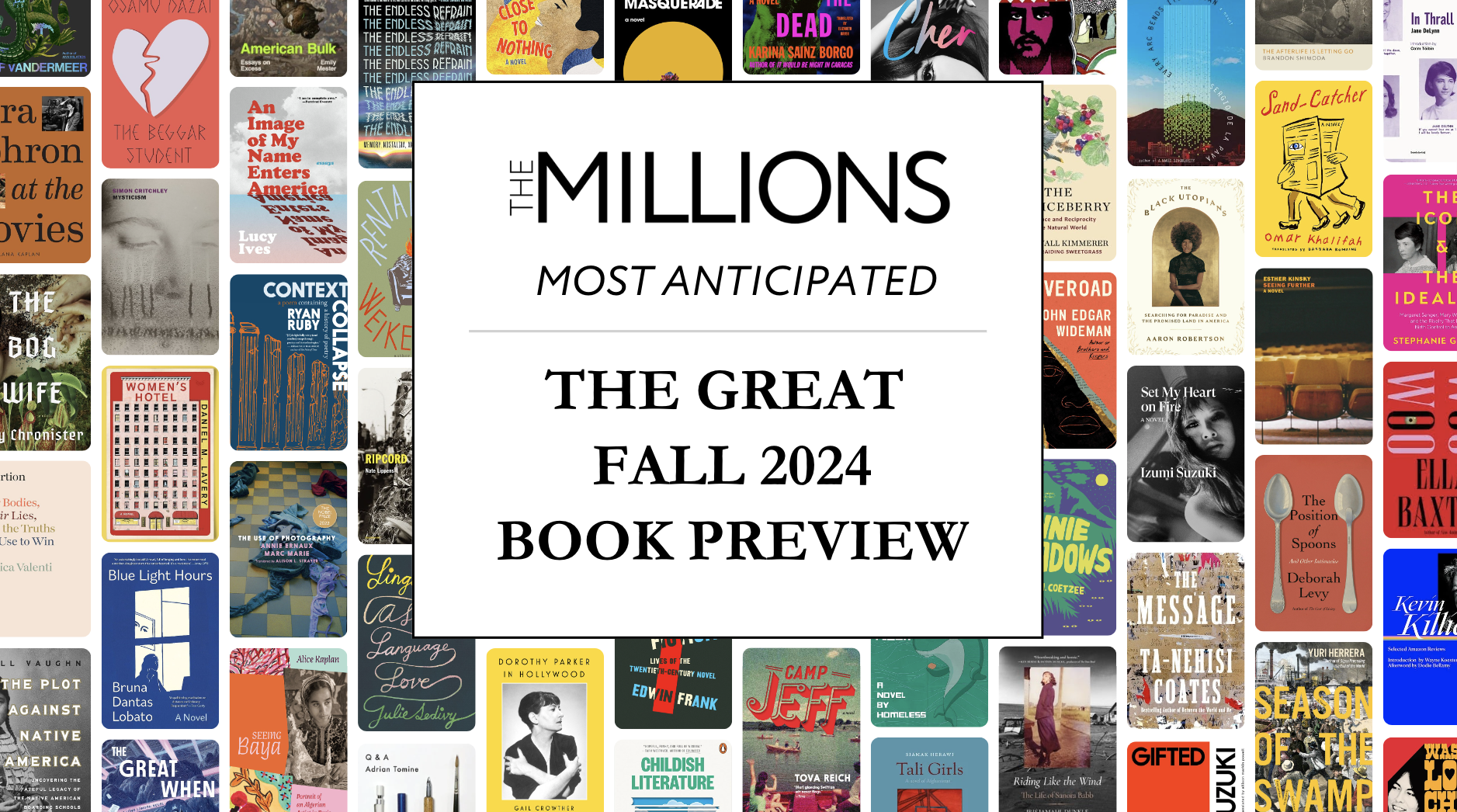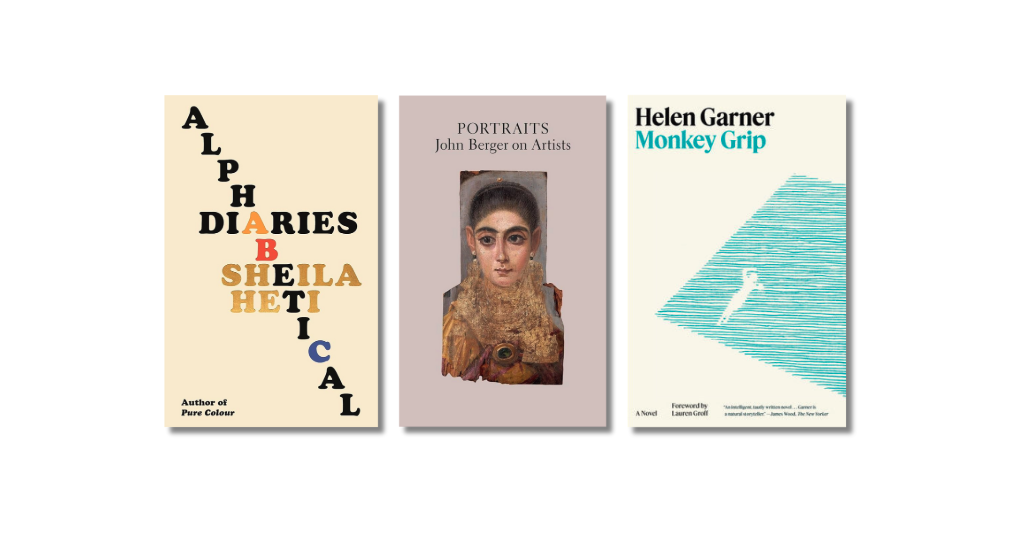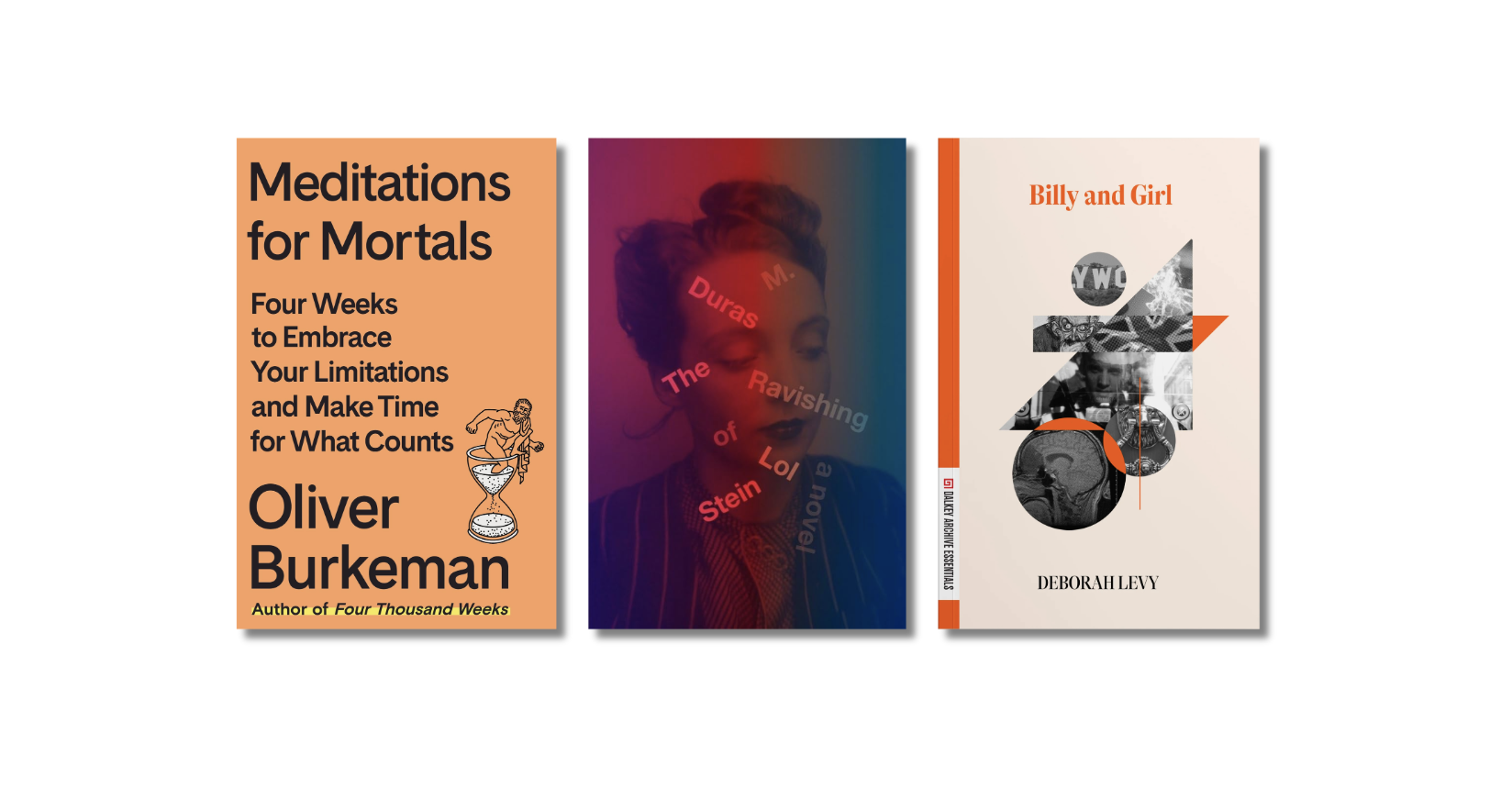If you enjoyed the profile of Anne Carson in the latest New York Times Magazine – fictitious “ice bats” notwithstanding – you’re going to really love Parul Sehgal and Nathan Huffstutter’s two takes on Red Doc>. The work, Sehgal writes, is “suspended between what it is and what we want it to be.” And also, writes Huffstutter, it’s a work that “courses with a wit shot through with intelligence and humility.”









